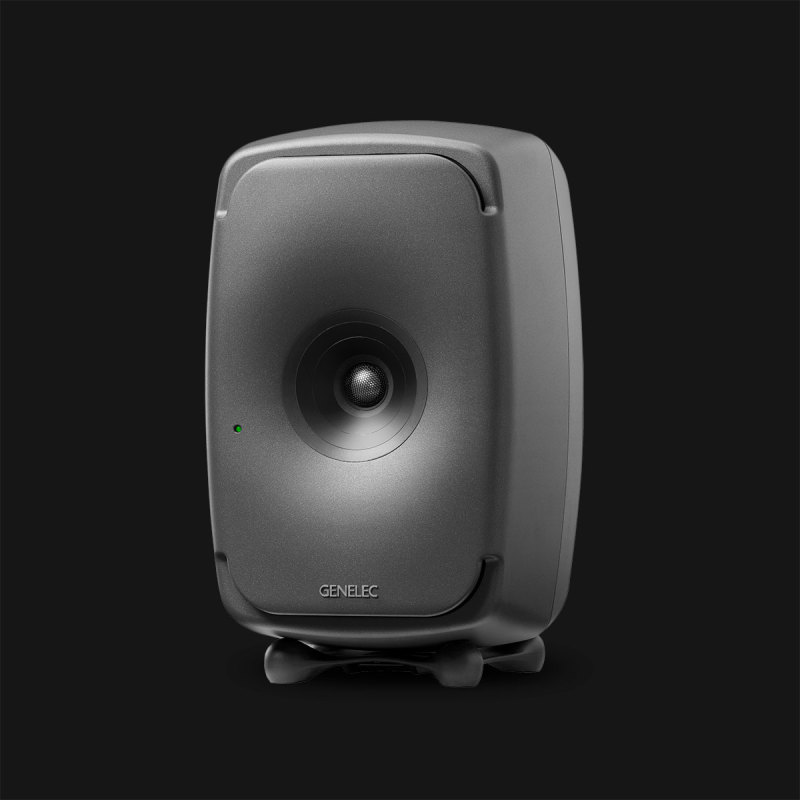This is a bit of an old thread, but I just found it and am looking to do exactly what is described.
First question, did ola1 ever create the blog or the book? That might shortcut my questions.
It looks like liquidsonics reverberate is now liquidsonics reverberate 3 and is no longer free, it's $99. Not that it's out of the question to purchase, but curious what the current "best" free tools are for doing this? I use Studio One and it looks like I can use "open air" although I'm not totally sure how to set things like "tail length" and a few other things, so might be better to have something else.
Probably more important than the actual convolution plugin, as I can probably find one of those or purchase reverberate 3, are the tips and tricks to getting this done.
What I'm attempting right now is:
- Shoot the room, L/R separately and average of several positions.
- In REW, take all the "L" positions and create and average graph, do the same for "R"
- In the EQ section, create a generic filter for the averaged L and another for the averaged R.
- Once the filters are created, close the EQ window
- Go to file/export and select export filters impulse response as wav. Then select the appropriate graphs for R and L
- From my experimenting, it is tricky to get the "level" correct in the wav file. If you choose "normalize" it seems to come out too loud and if you don't it seems to come out to quiet. I would prefer the convolution reverb NOT change the level when I engage it. I've currently mitigated this by bringing the impulse wav into my DAW and tweaking the level, but maybe there is a better way.
Thanks for any help.
There is a version of the free Liquidsonics LE (version 1) for Windows, which you can download from here. It's 32 bit binary only, not 64 bit, but functionally and from an accuracy of processing - not a single negative introduced by this limitation. I use Reaper, which is able to do the 32 bit to 64 bit bridging natively, so no issues, for me.
I did a measured test, sorry the process is a bit too long to describe, but it was using a test signal and viewing the results in REW, and I found Liquidsonics LE and the convolution plugin in Reaper - ReaEQ, 100% identical in their measured results.
Convolution is a pretty simple and exact process, typically there should be absolutely no difference between the results of two different convolution plugins, until you do advanced things like modify the impulse with EQ/Filters, or apply time modification such as stretching or time reduction to the impulse within the convolution plugin. These extra tweaks should be avoided, if using correction impulses generated by REW.
So you can have a free excellent convolution plugin with Liquidsonics LE or in ReaVerb, which comes with Reaper.

www.liquidsonics.com
In the first of a two-part series on using impulse responses in Reaper’s ReaVerb, we look at the basics: selecting, loading and editing. • Read Part 1

www.soundonsound.com
Record your own impulse responses with Reaper’s ReaVerb. • Read Part 1

www.soundonsound.com
I invested so many hours in trying to produce a good result using measurement, and correction with impulses computed by REW.
I did achieve some improvement, and a relatively inexpensive set of active monitors did sound more even.
But looking back if I was to do this again, the question is - where should I put my time and/or money. On one hand some equalisation correction is good to have, but in a small room, I ask myself a lot of questions, the 1st being, how much music do I listen to or mix with these speakers, cos that will determine how much effort to put into this.
How well is my room treated? In my case I live in a rented place, so it is impossible to put up any treatment on the walls. So I already have things that I probably should have wanted to be able to deal with 1st, and ideally have enough room to place the speakers a little bit far into the room, or soffit, if possible.
As much as REW is an excellent too, and it has opened up DRC(Digital Room Correction) to a lot of people, it is not a commercial solution, so it has some downsides, there is not a single clear prescriptive set of instructions for achieving a good result with the tool, and or measurement microphones. Sure with a bit of trial and error, one can get a result, but the documentation is a reference, not a guide - do this, do that next, listen, enjoy your great result ...
For those who have time, sure REW and what I call manual DRC is an interesting proposition.
Over time, albeit, they are expensive, very expensive, we now have products like Genelec's the Ones, such as the product at the link below, which has accessories such as a GLM kit(with measurement microphone) and software, that enables you tune the speakers even further, in your room.
A revolution in three-way monitor design, the 8351B boasts a unique look, compact size and a performance that has to be heard to be believed.

www.genelec.com
This solution is not cheap, definitely not - expensive speakers and software, and a dedicated measurement microphone.
So this is my dilemma, having to admit that if I want a really good sounding listening environment, with speakers, I have to spend a lot of money, and that includes treating my room.
I have been over many years, poring over the analysis of good speakers, and there is something which I would call their impulse response, which all good speakers have. Or also known as the step impulse. i.e. how accurately the speaker reproduces the audio signal.
You'll find may high quality reviews of a good number of well known studio monitors here. Most of the speaker reviews include a chart of their step response, as well as frequency response.
Resolution reviews are respected internationally. They are written by experts who have built up areas of expertise over years of reviewing particular product types. There are very few individuals who have as much practical and comparative experience with such things as microphones, preamps...

resolutionmag.com
And here is an example from the page above, of a speaker with pretty good measured results.
I am not sure how much value correcting speakers adds, if the speakers themselves are not top notch, in the 1st place.
In conclusion, once upon a time, it would have required at least $50,000, and probably a lot more, to put together a decent home studio. More like $100,000. for a project studio.
As much as one would hope to achieve same with about $3,000 in today's money, the reality, is it is still not cheap to put together a high quality studio, more like $20,000 to $25,000, if one adds in the cost of excellent speakers, room treatment, and a high end correction solution such as Trinnov, audio interface, computer(with our without DSP, like UAD's) and software(DAW + plugins).
I had hoped I could achieve something similar on the cheap, with an inexpensive measurement microphone and relatively inexpensive studio monitors which originally cost about $500 for the pair, and some free software like REW, and the convolution plugins which are also free or very low cost. Sure as a hobby, I'd still use this same approach, but for anything more serious, I'd save up and invest in more expensive speakers, room treatment, then on top of that some higher quality speaker correction, based on a commercial solution like Genelec GLM or Trinnov. In all of this I'd still consider that 70% of the end result is due to the speakers 20% due to the room treatment, and any speaker correction adds the final 10%.
I think REW is a great tool, but it needs a lot of work, to use it effectively. I had to give up my plan to write a book about REW and speaker correction, when I realised it was just the tip of the iceberg.



















